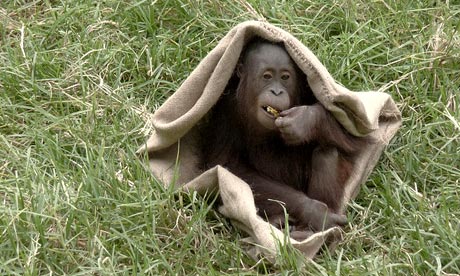
Conservation volunteering can be hugely beneficial – or actively destructive. Here, you can find the former in remote Mongolia
Some conservation projects are really just specialised forms of tourism; some even promote the advantages to volunteers above conservation priorities. Although volunteers making such trips invariably leave a lower carbon footprint than those taking a beach or bush resort holiday, do they really make a significant conservation impact?
Over a year of researching and writing a new guide to wildlife and conservation volunteering, I’ve discovered that some do – and some don’t. There are hundreds of conservation volunteer projects around the globe. Some have a rigorous scientific brief, or develop sustainable living alternatives to hunting and deforestation, while others are really just holidays with a sense of purpose.
I’ve been dazzled by the diversity of opportunities, but also concerned at growing commercialism. Some projects put extra strain on the environment with excess water consumption, push local food prices up, undermine traditions or create income expectations that subsequently evaporate.
On the best projects, the objectives are clear; volunteers live and eat like locals, take away their rubbish and engage respectfully with local people, who play a central role. ‘Good’ projects should be self-sustaining after paying volunteers have left.
My prize example is based in Hustai National Park, Mongolia, where a near-extinct species has been brought back from oblivion with the help of volunteers.
Back in Palaeolithic times, herds of wild horses roamed Europe and Asia. Our ancestors depicted them in prehistoric cave art at Lascaux in France (c15,000BC).
By 1900 these ancestors of all modern-day horses had become rare, restricted to the open steppe of Mongolia. By 1969 hunting, competition and interbreeding with modern horses, along with the widespread capture of foals for zoos and private collectors, had led to their extinction in the wild.
Inbreeding problems in captured specimens sounded the death knell of this ancient bloodline. Then, in 1977, Dutch couple Jan and Inge Bouman formed the Foundation for the Preservation and Protection of the Przewalski Horse. They raised funds, bought separate bloodlines from zoos around the world and started a breeding programme to build up genetic diversity. All the animals had been born into captivity for generations so additional problems included human habituation, dependence and a need to re-learn social behaviours.
Reserves were established in the Netherlands and Germany, where they began to live a semi-wild existence. In the 1990s the second, semi-wild generation was taken to Mongolia for controlled release back into the wild.
So little is known about their natural behaviour or how they are adapting to wild conditions that volunteers are needed to track ‘harems’ across the steppe, recording distribution, behaviour, new harems, births and signs of predation.
Humans have not been kind to Przewalski horses. Early naturalists shot and stuffed them, zoos often shot the mothers of captured foals and they’ve suffered as human population pressures have increased. So it’s heartening to see how the dedication and vision of a few individuals can make a difference. And that’s what real conservation volunteering is all about.